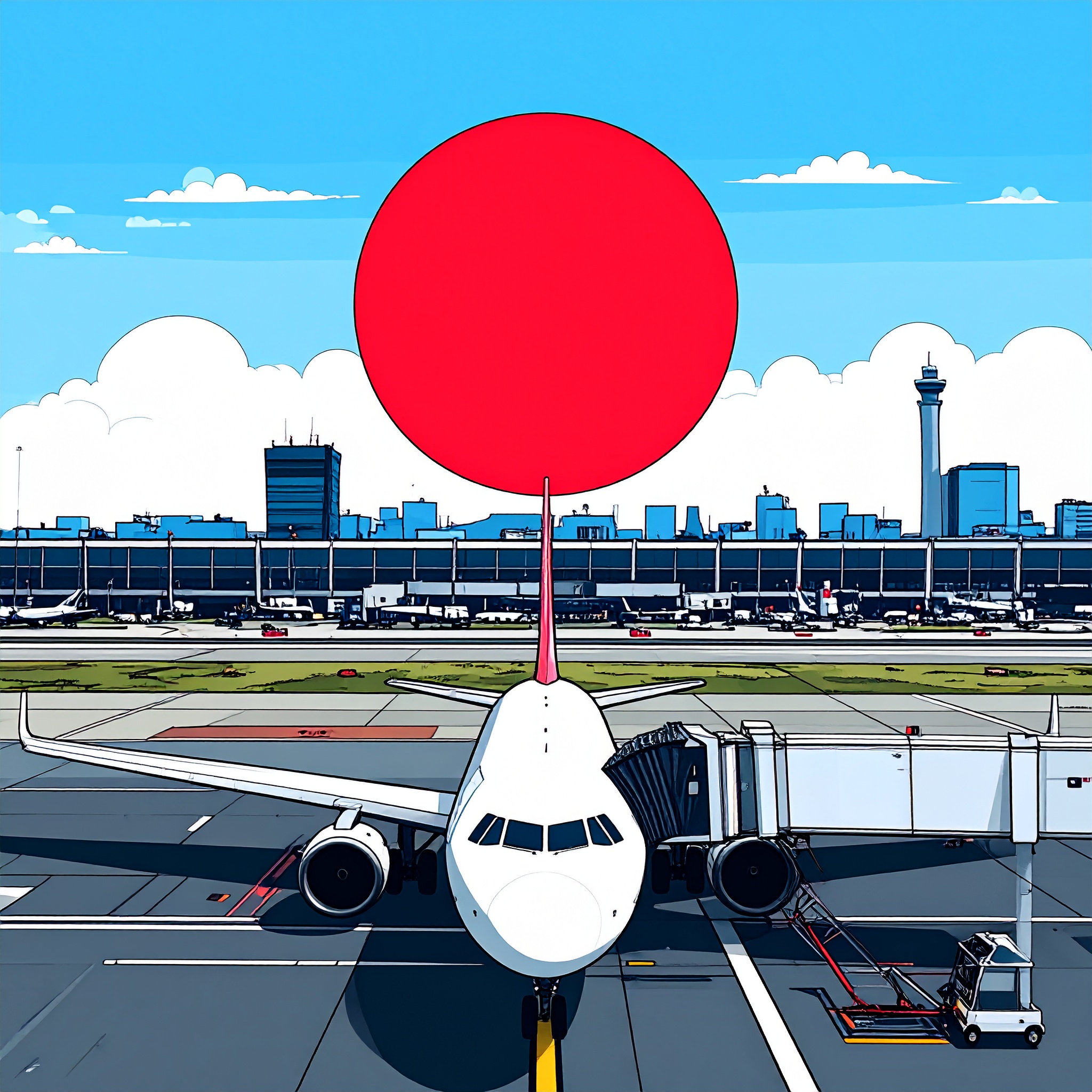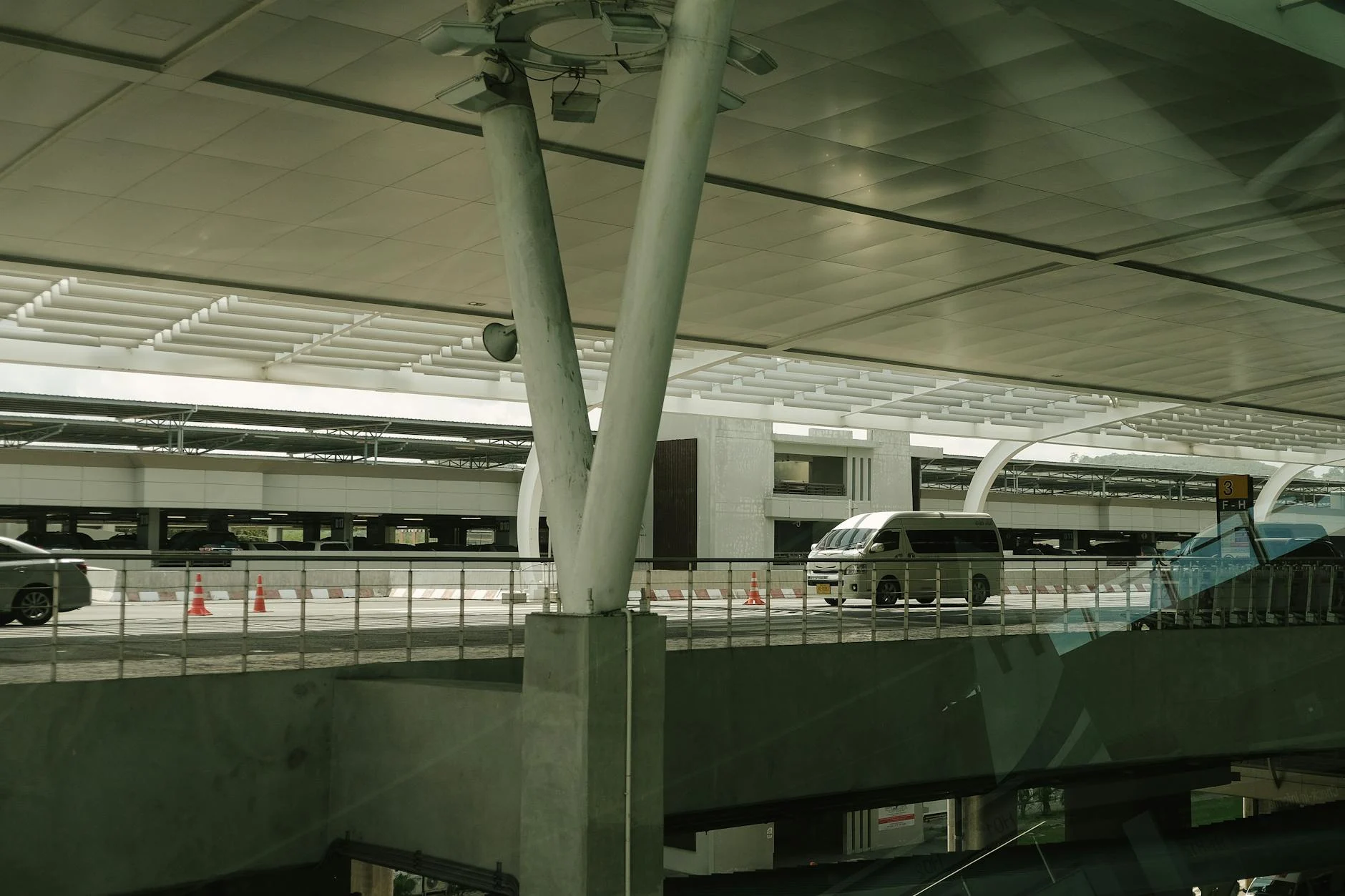A journey is defined by two poignant moments—departure and arrival—and in Japan, it is the airport that gracefully frames both ends of that experience. More than just a transportation hub, the Japanese airport has evolved into a space that speaks to the senses, connects visitors with culture, and leaves an enduring impression. At the heart of this transformation lies the integration of architectural design and artistic expression—crafted to gently embrace travelers and elevate their passage into and out of the country.
The moment one steps outside the aircraft, the surroundings speak not of cold utility but of human presence, heritage, and nature. In one urban airport, for example, the ceiling beams and panels are richly composed of natural wood, enveloping visitors in a space that feels both warm and serene. Skylit atriums allow soft natural light to flow through, while ambient lighting along wall features and delicately patterned flooring reflect the Japanese aesthetic of ma—the art of space and subtlety.
Underlying such design is a refined philosophy: the coexistence of function and emotion. An airport must efficiently accommodate the constant flow of people on tight schedules. Yet, it must also offer a refuge—soothing anxieties, relieving fatigue, and grounding each traveler in calm. Accordingly, Japan’s airports incorporate acoustic engineering that softens ambient noise, intuitive wayfinding that reduces cognitive load, and architectural clarity that creates a sense of order. The result is a sanctuary of design—where even a fleeting glance can restore a sense of harmony.

The appeal of Japan’s airports extends far beyond architecture. Art installations dispersed throughout the terminal interiors leave a lasting impression on visitors, offering a rich cultural encounter even before one steps outside. In international terminals in particular, these spaces serve as cultural gateways—featuring curated collections of paintings, sculptures, and installations that reflect both permanence and innovation. At one such airport, for example, contemporary reinterpretations of traditional crafts such as ceramics and lacquerware are thoughtfully displayed, transforming the terminal into a living gallery.
Regional airports, too, showcase distinct expressions of place through artistic and architectural details. Wall murals inspired by local landscapes, bespoke lighting designed by area artisans, and counters and benches crafted from indigenous wood or stone—all contribute to a deeply rooted sense of identity. These design gestures serve as a warm welcome to arriving guests and a graceful farewell to those departing, embodying the hospitality and pride of each region.
Time itself is a carefully orchestrated element in the design of Japan’s airports. Morning light gently filters through as the sun rises, casting a calm clarity across the space. In the evening, golden hues bathe the runway in a soft glow, while nighttime brings an elegant shift in lighting—subtle, refined, and emotionally resonant. These transitions are not merely functional but intentional, allowing the environment to evolve throughout the day and leaving travelers with nuanced memories imbued with light, color, and mood. The interplay of illumination and palette serves not only to soothe but also to instill a sense of openness and serenity.
Equally noteworthy are the participatory art initiatives and events that animate the airport space. From ever-changing pop-up exhibitions to seasonal art installations and photo galleries showcasing travelers’ own memories, these curated experiences continuously renew the public environment. Such efforts reflect a thoughtful desire on the part of airport curators—to inspire moments of reflection, wonder, or delight in passing, and to offer visitors a unique window into Japanese culture distinct from traditional tourist sites or urban attractions.

For many international visitors, one of the most moving experiences in Japan begins the moment they spend time within its airports. Emerging from immigration, travelers are greeted by a lobby infused with delicate harmony—the soft interplay of ambient music, subtle fragrances, gentle lighting, and the poised, intentional gestures of airport staff. Together, these elements form a refined tapestry of sensory detail that offers both a gentle sense of unfamiliarity and a profound feeling of comfort—an immediate and elegant expression of Japan’s aesthetic philosophy.
And then, upon departure, the journey finds its quiet closure with a return to that same space. A final souvenir purchase, a bowl of soba enjoyed in the airport eatery, the sight of aircraft silhouetted against the evening sky from the observation deck—each moment deepens the emotional resonance of the trip. These final scenes reaffirm the airport’s role not merely as a point of transit, but as a meaningful stage for both arrival and farewell.
Japanese airports are far more than transit points—they are thoughtfully curated spaces that gently accompany the beginning and end of every journey. Through the harmonious fusion of architecture and art, they touch the hearts of travelers in ways that transcend mere efficiency or functionality. These environments are defined by meticulous design and a deeply rooted sensibility that quietly elevates the experience of travel.
Take a moment to pause and observe the details—the contours of the architecture, the nuances of the artwork. Within these spaces lie moments of beauty and tenderness often missed in the rush of daily life, unfolding softly for those who choose to look.




